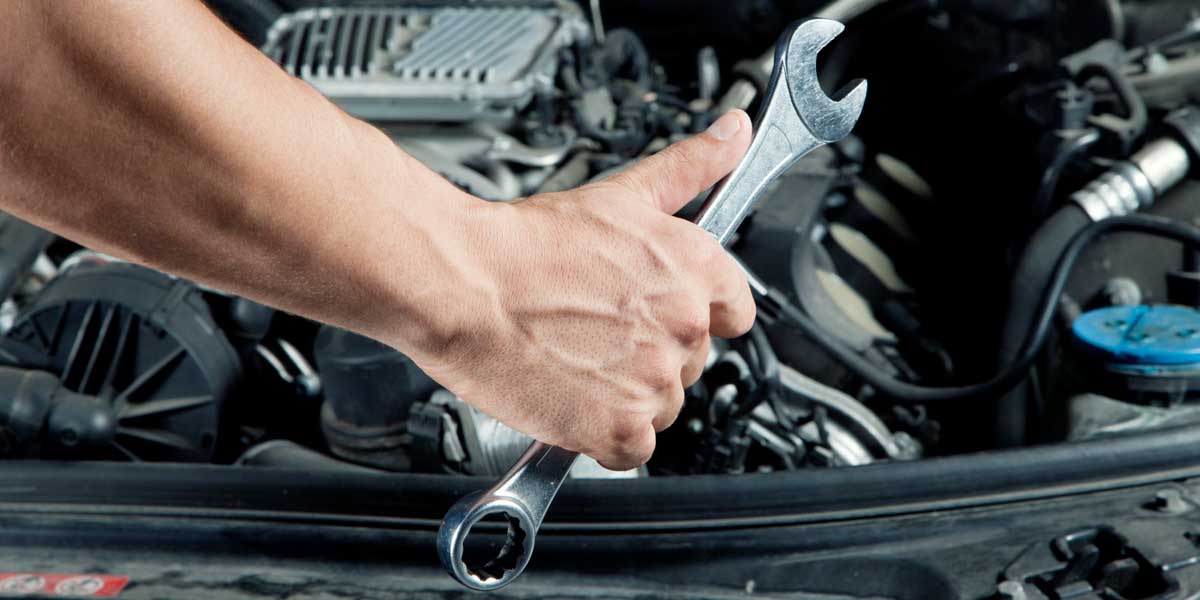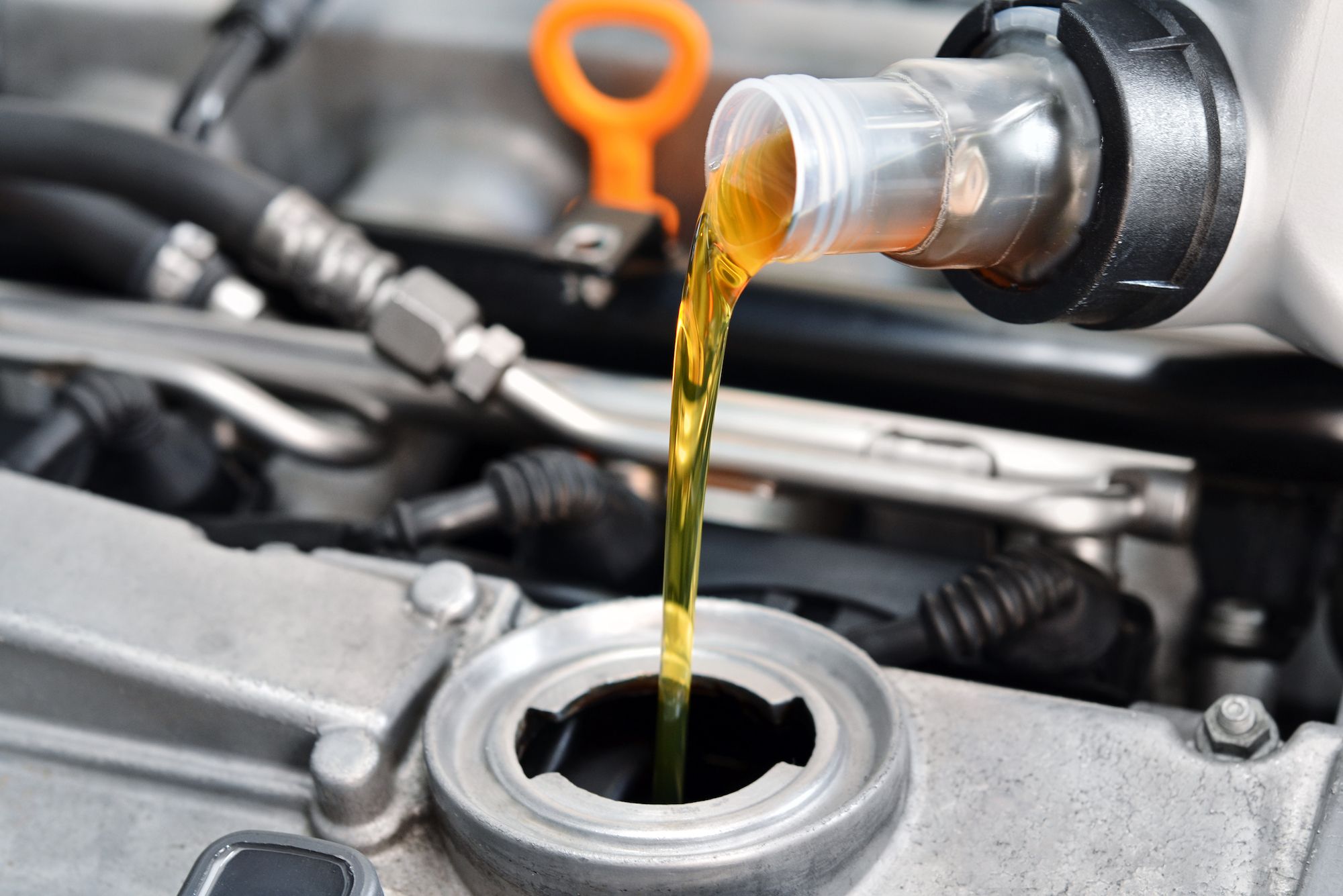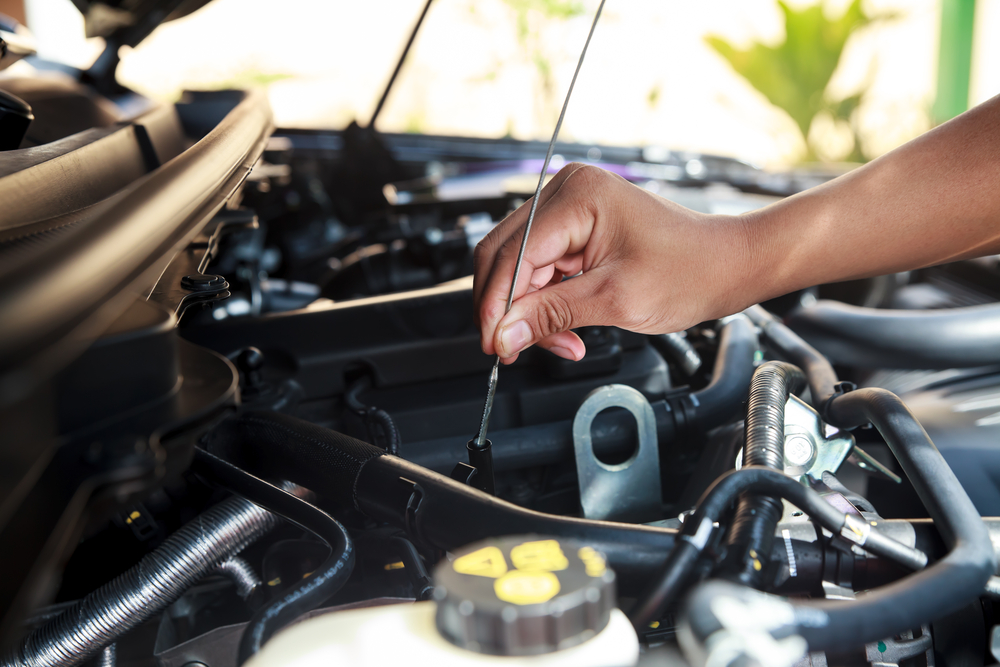All Categories
Featured

Comprehending Diagnostics in Lorry Fixing: A Trick to Effective Maintenance
In today's swiftly evolving auto landscape, diagnostics play a pivotal duty in making certain effective and accurate automobile fixing. Modern cars are furnished with advanced technology, making it crucial for repair service professionals and automobile owners alike to recognize the diagnostic process. By recognizing concerns early and properly, diagnostics can save time, lower costs, and improve the overall efficiency of your car.What Are Automobile Diagnostics? Lorry diagnostics involve assessing your vehicle's systems to detect and determine problems. This process usually relies on innovative diagnostic tools that link to the lorry's onboard computer system. A lot of modern-day vehicles are equipped with an Onboard Diagnostics (OBD) system, which keeps an eye on various elements, such as the engine, transmission, brakes, and emissions.

When something goes wrong, the OBD system documents error codes, which are after that accessed making use of a diagnostic scanner. These codes use important insights right into the breakdown, permitting service technicians to determine the source and suggest proper fixings.
Why Are Diagnostics Important? Accurate Concern Recognition: Diagnostic devices give precise details about troubles within your vehicle. Rather than depending on guesswork or visual examinations alone, technicians can promptly establish the precise element or system that requires attention. Time and Price Performance: Early detection of possible problems aids prevent pricey repair services. For example, diagnosing a small issue with your engine's timing can prevent extra substantial damages that could result in engine failure. Enhanced Security: By identifying concerns in vital systems like air bags or brakes, diagnostics ensure your car is safe to drive. Environmental Advantages: Appropriate diagnostics can aid discover troubles with exhausts systems, guaranteeing your cars and truck abides by environmental laws and lessens its carbon footprint. The Diagnostic Process. The process generally includes 3 key actions: when you take your automobile to a fixing shop for diagnostics.
Linking the Diagnostic Tool: A specialist links a specialized scanner to your vehicle's OBD port. This device checks out mistake codes kept in the automobile's computer system. Evaluating the Data: The mistake codes are cross-referenced with manufacturer specs to translate the problem. A "P0420" code might suggest a trouble with the catalytic converter. Examining and Verification: To make certain precision, auto mechanics may do added tests, such as examining parts literally or running performance tests. Selecting the Right Service Center. Not all service center offer the same degree of diagnostic knowledge. Search for a center furnished with the most recent tools and staffed by certified specialists trained to handle your vehicle's details make and design. Quality shops frequently buy constant training to remain updated with advancements in automobile modern technology.
Last Ideas. Recognizing diagnostics is necessary for positive car upkeep. Routine analysis checks can uncover hidden concerns, optimize your automobile's performance, and prolong its lifespan. Whether you're checking out a service center for regular maintenance or dealing with a specific worry, exact diagnostics lay the foundation for reliable fixings.

By focusing on diagnostics, you're not just fixing your automobile-- you're buying its long life and reliability.
Latest Posts
Unlock Your Financial Partner at WyHy – Low Rates for Members
Published May 25, 25
1 min read
Enhance Your Building with Overhead Door Systems
Published May 24, 25
1 min read
Unlock WyHy Federal Credit Union – Key Tools for Your Future
Published May 24, 25
1 min read